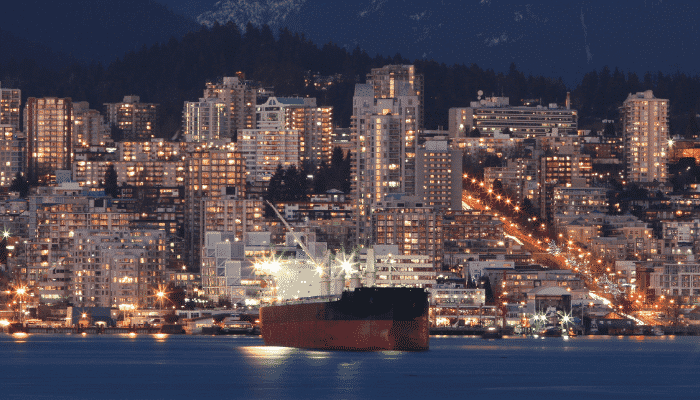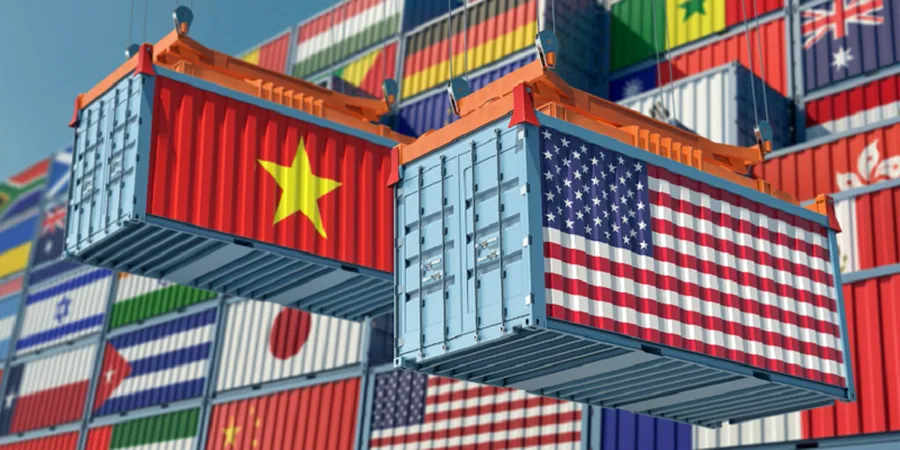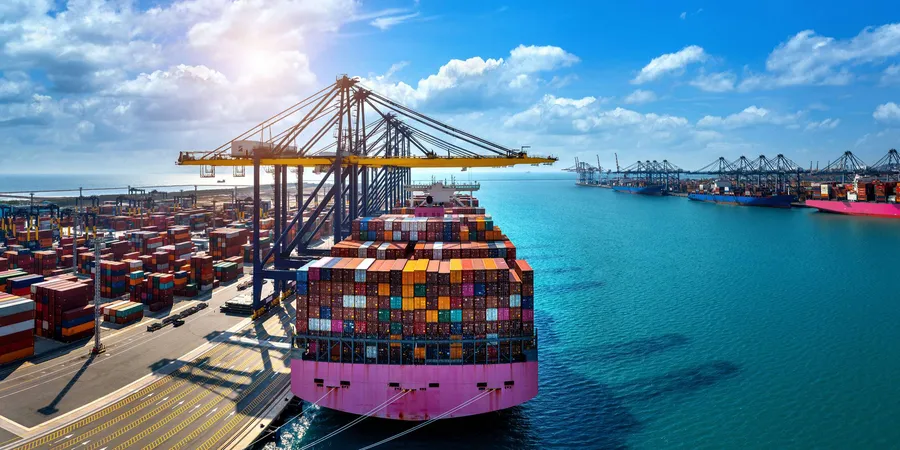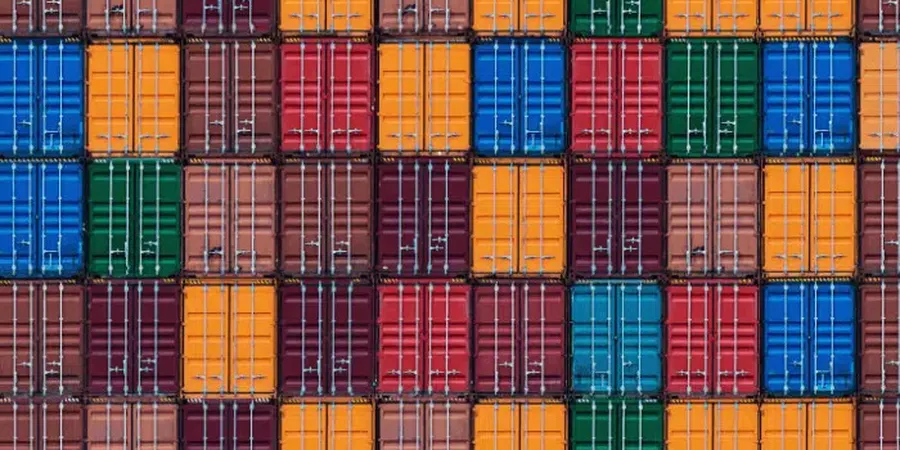What is Coastal Shipping?
Water transport normally brings up images of ships and tankers navigating seas or oceans, bridging the gap between countries.
Typically, shipping is the movement of cargo or passengers across waterbodies though in modern usage it also covers the transport of cargo over land or air.
Shipping includes the transport of goods or passengers over waterways such as rivers or canals, lakes, and coastal routes.
Coastal shipping is confined to a country. It is a type of cabotage, where goods are transported from point A to point B along a country’s coast by small vessels. These small vessels are also known as coasters.
Most countries these days allow local as well as international shipping companies to operate on coastal routes.
Unlike overseas shipping where ships sail between ports located in different countries, coastal shipping covers only ports within a particular country. It caters to the domestic trade of that country only.
With larger and faster ships traversing the seas and oceans, coastal sailings have always taken a backseat. Besides, technologically advanced, faster, and economical trucking methods are preferred by companies for the short-haul of their cargo as well as long-distance cross-country hauls.
The exponential growth in the volume of cargo that is traded globally has added stress to the limited resources of land, water, and air transport. Most of the major ports and terminals are clogged with cargo traffic.
The highways and railways networks that feed these ports and terminals are congested to a point of unreliability. The trucks that are sent to collect containers or lesser cargo from ships do not receive them on time. Road congestions invariably lead to further delays. It has become common for cargo vessels to miss their ETA as well as ETD (Expected Time of Arrival/Departure).
Lack of infrastructure to handle the increased cargo traffic at the main ports compounds the matter further. Under these circumstances, as services became increasingly unpredictable and unreliable, organizations and businesses wanting to move their cargo are affected.
The volume of global traffic has increased to such an extent that freight security cannot be managed properly. Experts warn that this trend will only continue. Alternative methods to transport goods that are efficient as well as economical are needed to overcome this situation.
Coastal shipping is one answer to these problems. A look at the coastlines of the leading trading nations will give us a better perspective of the potential for coastal shipping. North America’s coastline is about 60,000 kilometres, while China has a coastline of 14,500 kilometres and India 7,500 kilometres.
Coastal Vessels
Coasters are ships of small size and have shallow hulls. Most of them have drafts between 3 to 6 meters from the keel and they are designed to carry loads of weight between 1,000 to 15,000 deadweight tons (DWT). Depending on the depth of the coastal waters and the marine life found in them, different countries and areas have different load and draft restrictions that are set by the related government authorities.
These restrictions are set based on ecological factors. Coastal vessels, worldwide, are designed and operated in such a way that it does not, at any point in time, hit the bottom of the seabed or upset the marine ecosystem.
Since coastal vessels are mainly used for cargo movement, they are normally composed of cargo holds and stowage areas. Usually, the cargo holds in such vessels are without partitions, but with the necessary infrastructure to hold the cargo in place. It is designed thus so that there is more cargo space in the ship.
Crew quarters are minimal, to accommodate the few crew members required to sail the vessel and handle the loading and unloading of cargo at ports.
Typically, such vessels are manufactured at small docks.
Government Role in Developing Coastal Shipping
Many governments encourage the growth of coastal shipping. It plays a very important role in the development of foreign trade of that country. Coastal shipping feeds exports and imports by moving cargo from the smaller ports of the country to its major ones or vice-versa. Many countries have lifted several earlier restrictions aimed at protecting the local or national shipping industry.
Now, restrictions on foreign companies operating coastal shipping routes have been eased or completely lifted by many countries. Similarly, control on recruitment of the crew operating coastal vessels was also relaxed.
The synergy between coastal services and the land transport system is crucial for the development of coastal shipping. One important thing to keep in mind here is that delivery from the supplier to the shipper and from the shipping company to a customer or buyer will, in a majority of cases, be by road.
Complementary services and infrastructure such as roads, road and rail transport, labor, etc. have to be developed to keep pace with the development of coastal shipping services.
Local ports can provide the facilities for receiving coastal vessels and hence they need to be developed and maintained by the authorities.
Besides reducing congestion at major ports, local ports provide regular berthing to such smaller vessels. This, in turn, aids in the industrial development of that area. Local ports that are underutilized can thus be developed for handling coaster traffic.
Some Drawbacks
Some detractors of coastal shipping cite the following drawbacks for this method of transport:
- High costs of operation and maintenance
- Lack of sailing coasters to meet the market demand
- Labor unions at ports that hamper smooth cargo operations
- Container imbalance at ports
- Time-consuming procedures
- Smaller ships cannot access large ports easily
- Let us look at some of these situations that may be created by coastal shipping.
Container imbalance is a situation when too many empty containers accumulate in certain ports and shipping companies are unable to collect them and send them to ports that need them. It is a shortage of containers in certain ports while some others have an excess of empties.
Major seaports are usually busy with international traffic and vessels doing the coastal string may find it difficult to get berthing slots in such big ports.
When compared with transporting goods by road, transport by coasters may be time-consuming for the smaller volume cargo. Cargo handling doubles in the case of shipping by coastal services.
Advantages of Coastal Shipping
One big plus of coastal shipping is that it reduces congestion on the roads as well as at major ports.
Coasters are less polluting and consume much less fuel when compared with certain other forms of transport. There is no waiting in traffic jams and idling motors, spewing tons of pollutants into the atmosphere.
Smaller vessels can be loaded or offloaded quickly at the local ports, saving time for the shipper, customer, as well as shipping company. This can help businesses to send or receive their consignments quickly.
The turnaround time of smaller vessels is much less at local ports bringing down the costs of shipping companies considerably.
Factors such as these have prompted the governments of those countries with enough coastline to develop their local port facilities for receiving coastal vessels. Many governments provide incentives to coastal vessel operators as well as industries for utilizing coastal shipping.
Source: Marine Insight







